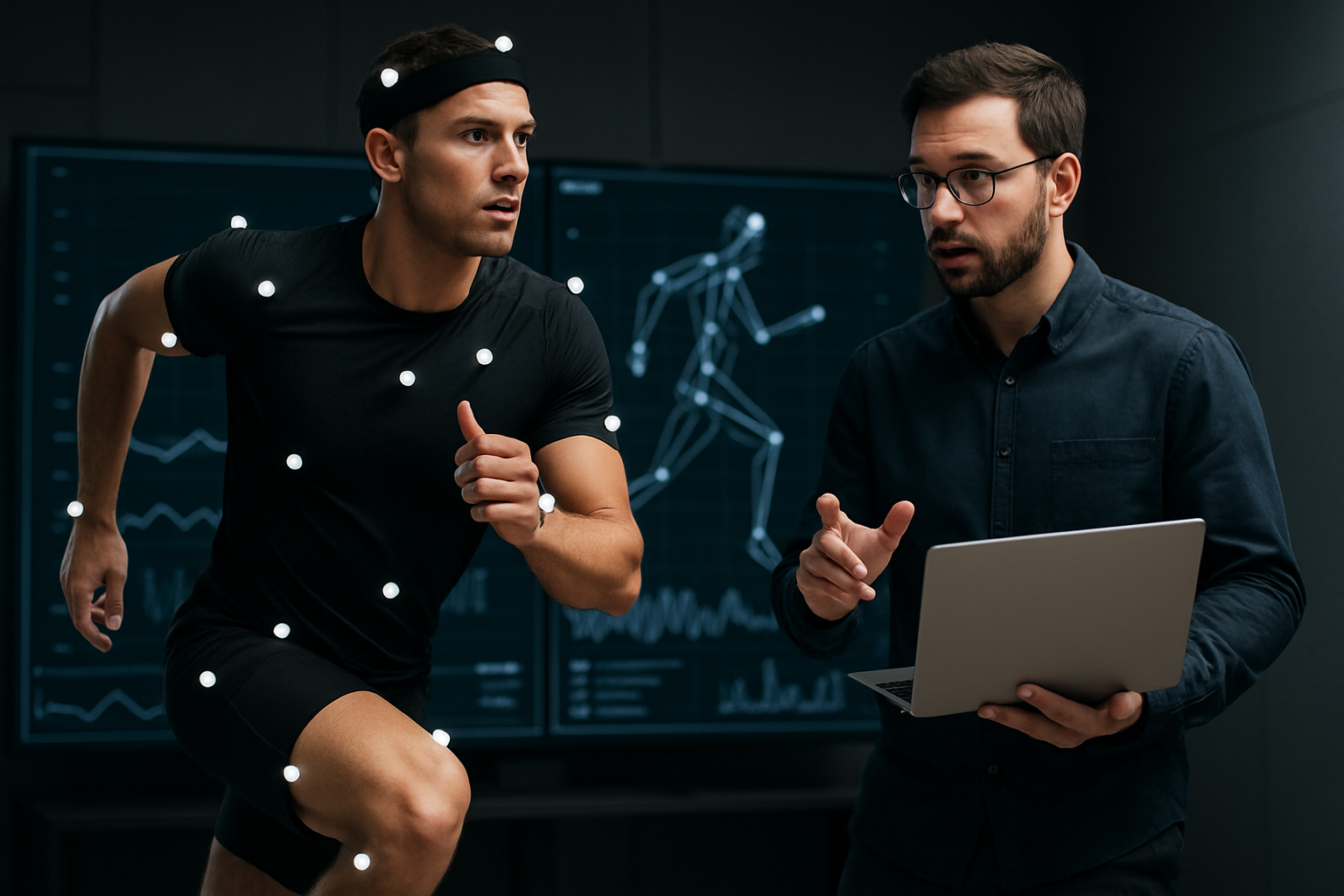Integrating physical literacy into school and after-school offerings
Physical literacy supports lifelong participation in sport and active living by developing movement skills, confidence, and understanding. This article examines practical ways schools and after-school programs can incorporate structured athletics, inclusive coaching, and grassroots outreach to improve youth fitness, teamwork, and long-term engagement in physical activity.

Physical literacy is the foundation for children to move competently and confidently across contexts, from playground play to organized athletics. Schools and after-school programs offer complementary environments for teaching movement skills, encouraging teamwork, and introducing basic training and conditioning principles. When physical literacy is treated as an intentional part of curriculum and program design, youth see improved fitness, motivation, and readiness to participate in sport and active recreation.
How can athletics and coaching build physical literacy?
Athletics programs can move beyond competition to emphasize transferable movement skills and decision-making. Effective coaching integrates skill progressions, varied practice, and feedback that suits different ages and abilities. Coaches who prioritize motor skill development and game sense foster not only performance but also confidence. Pairing structured athletics sessions with periodic skill assessments helps guide individualized coaching plans and supports consistent improvements in mobility, coordination, and teamwork.
How do grassroots and youth programs support fitness and engagement?
Grassroots initiatives and youth clubs create low-barrier entry points where children explore multiple activities before specializing. These settings promote engagement through play-based learning, mixed-skill groups, and flexible formats that value fun and participation. Regular outreach—working with families and local services—helps expand accessibility and encourages consistent attendance. By linking school offerings with community programs, programs can sustain interest and broaden pathways into tournaments, clubs, or informal play.
What should training, conditioning, and mobility look like for young people?
Training for youth focuses on foundational conditioning rather than adult-style load or intensity. Safe progressions emphasize bodyweight movement, agility, balance, and mobility drills that improve movement quality and reduce injury risk. Short, varied sessions that incorporate games and skill challenges maintain attention while developing conditioning. Integrating recovery education—basic rest strategies and movement variations—helps young athletes learn responsible training habits early.
How can inclusivity and accessibility be embedded in programming?
Designing programs with inclusivity and accessibility at their core ensures that children with different abilities, backgrounds, or experiences can participate. Adaptations might include modified equipment, flexible rules, multilingual coaching cues, and deliberate recruitment that reflects local diversity. Facilities planning should consider universal access and safe spaces for drop-in activity. Intentional inclusivity increases participation, builds social cohesion, and strengthens the idea that physical literacy is for every child.
How do outreach, engagement, tournaments, and skill development connect?
Outreach and engagement strategies—school newsletters, partnerships with local services, and community events—bridge the gap between classroom activity and broader sporting opportunities. Small-sided games and low-stakes tournaments provide chances to apply emerging skills under varied conditions, reinforcing learning and motivation. Emphasizing skill transfer and decision-making during tournaments avoids premature specialization and lets youth experience teamwork, competitive play, and personal development in balanced ways.
How do performance, recovery, nutrition, facilities, and teamwork support long-term outcomes?
A rounded approach acknowledges that performance is influenced by recovery habits, basic nutrition knowledge, adequate facilities, and social dynamics like teamwork. Teaching simple nutrition concepts—hydration, balanced snacks around activity—and recovery practices such as sleep and gentle mobility work supports sustained participation and learning. Investment in safe, versatile facilities and equipment expands the range of activities available. Embedding teamwork skills throughout sessions reinforces communication and leadership as integral parts of physical literacy.
This article is for informational purposes only and should not be considered medical advice. Please consult a qualified healthcare professional for personalized guidance and treatment.
Integrating physical literacy into school and after-school offerings requires deliberate planning, alignment between educators and coaches, and attention to inclusivity and accessibility. When programs balance skill development, enjoyable activity, and community outreach, they create resilient pathways for youth to stay active. Over time, these investments support not only athletic ability but broader physical confidence and habits that underpin lifelong wellbeing.





